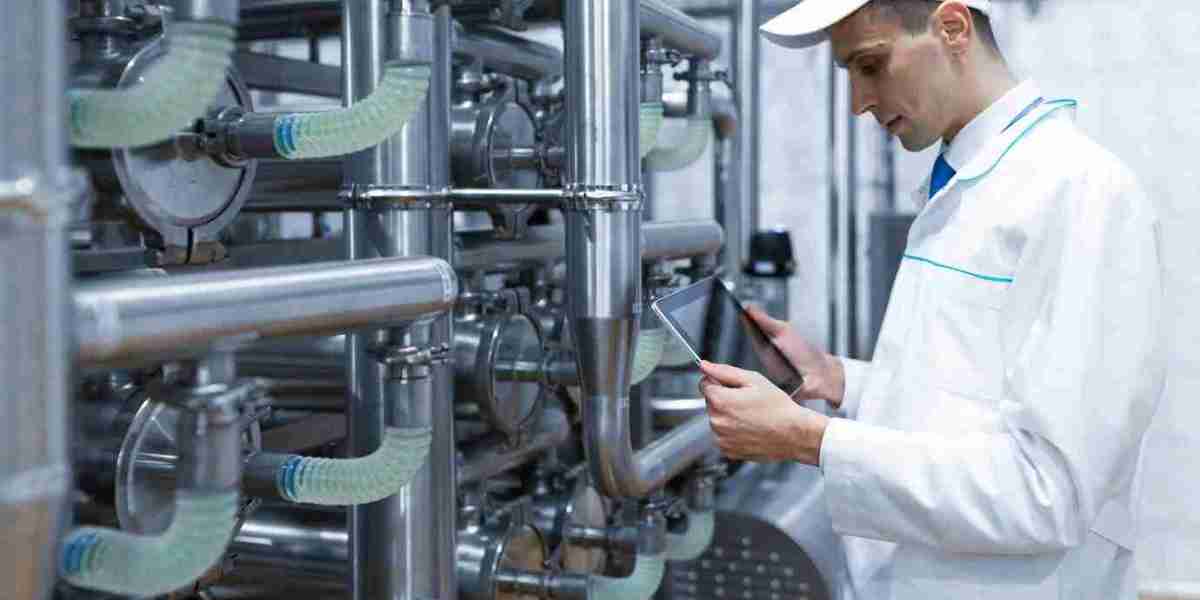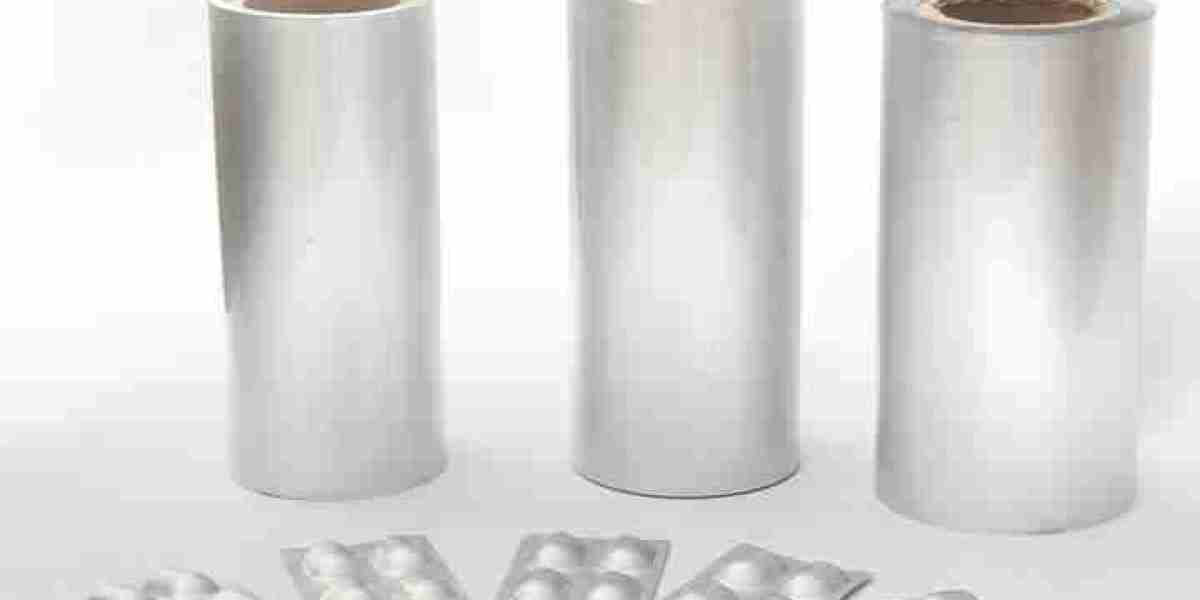The global Zero Liquid Discharge (ZLD) system market is experiencing rapid transformation as industries increasingly prioritize water conservation and environmental sustainability. ZLD systems, designed to treat wastewater so that no liquid waste is discharged into the environment, are gaining momentum across a wide range of industrial sectors. These systems not only help industries comply with stringent regulations but also offer economic advantages by maximizing water reuse and minimizing operational costs.
This blog explores the key market dynamics that are influencing the growth and development of the zero liquid discharge system market. From regulatory pressure and technological advancements to market challenges and emerging opportunities, the landscape of ZLD systems is evolving rapidly.
1. Regulatory and Environmental Pressures
One of the most significant drivers of the ZLD system market is the increasing pressure from governments and environmental agencies to reduce industrial wastewater discharge. Environmental regulations worldwide are becoming stricter, particularly in industries known for generating large amounts of wastewater. Countries such as India, China, and various EU member states have introduced policies that mandate ZLD or similar advanced water treatment methods in certain high-polluting industries.
For instance, in India, several states have made ZLD mandatory for industries like textiles, tanneries, and pharmaceuticals, leading to an uptick in the adoption of ZLD technologies. Similarly, China’s regulatory framework emphasizes water conservation, especially in regions where water scarcity is a pressing concern. As more governments enforce stricter discharge regulations, the demand for ZLD systems will continue to rise, pushing industries to invest in these technologies to avoid fines, penalties, or disruptions to their operations.
2. Water Scarcity and Sustainability Goals
Water scarcity is another crucial factor driving the demand for ZLD systems. Many industries, particularly those in arid or water-stressed regions, are facing increasing challenges related to water availability. In regions like the Middle East, parts of Africa, and Asia, the limited availability of fresh water makes it imperative for industries to reuse and recycle the water they consume.
ZLD systems allow industries to minimize their dependence on external water sources by recycling water within the system and ensuring minimal water wastage. This is especially important in industries like power generation, oil and gas, textiles, and chemicals, which traditionally consume large amounts of water. By adopting ZLD technologies, these industries can contribute to sustainable water use, reduce costs associated with water procurement, and enhance their environmental performance.
Moreover, as sustainability goals become more central to corporate strategies and environmental, social, and governance (ESG) initiatives, adopting ZLD systems has become a way for companies to demonstrate their commitment to responsible water management and environmental stewardship.
3. Technological Advancements and Innovation
The ZLD system market is also being shaped by continuous technological advancements. Over the years, traditional ZLD systems, which often relied on energy-intensive thermal evaporation, have evolved to incorporate more energy-efficient and cost-effective solutions. The integration of membrane technologies, such as reverse osmosis (RO) and nanofiltration, has significantly improved the efficiency of ZLD systems by reducing energy consumption and operational costs.
Additionally, the development of hybrid systems that combine membrane filtration with thermal processes like evaporation and crystallization has enhanced the overall effectiveness of ZLD systems. These systems can treat a wider range of wastewater types while reducing operational downtime and maintenance needs.
The adoption of advanced digital technologies, including artificial intelligence (AI) and the Internet of Things (IoT), has further transformed the ZLD landscape. AI-driven predictive maintenance, real-time monitoring, and automated control systems enable facilities to optimize system performance, reduce energy use, and extend the lifespan of ZLD equipment.
4. Market Challenges and Barriers
Despite the growing demand for ZLD systems, several challenges continue to hinder market growth. One of the primary obstacles is the high initial capital cost associated with installing ZLD systems. While the long-term benefits of water reuse and regulatory compliance can justify the investment, the upfront costs can be prohibitive for small- and medium-sized enterprises (SMEs), especially in developing economies.
In addition, the complexity of ZLD systems can lead to high maintenance requirements. Industries with varying wastewater compositions often require customized solutions, which can increase installation time and costs. The lack of skilled professionals to operate and maintain advanced ZLD systems also poses a challenge in many regions.
Furthermore, despite technological advancements, the energy-intensive nature of some ZLD systems remains a concern. While newer systems have reduced energy consumption, industries operating in energy-cost-sensitive markets may still face significant operating expenses.
5. Emerging Opportunities and Future Outlook
The ZLD system market is expected to witness substantial growth in the coming years, driven by several emerging opportunities. As industries increasingly focus on sustainability and circular economy principles, the demand for water reuse technologies like ZLD systems is likely to rise. Additionally, the growth of new industrial sectors, such as lithium-ion battery manufacturing and electric vehicle production, could create new applications for ZLD technologies.
The shift toward modular and decentralized ZLD systems is another emerging trend. These systems offer flexibility, scalability, and lower initial costs, making them more accessible to SMEs and temporary industrial setups. Moreover, as the technology matures, companies are likely to explore new markets in developing regions where water stress is becoming a critical issue.
Governments and regulatory bodies are also expected to play a key role in driving market growth by offering incentives, grants, and funding programs to promote ZLD adoption, especially in water-scarce regions.
Conclusion
The Zero Liquid Discharge system market is evolving rapidly, driven by a combination of regulatory requirements, technological advancements, and growing awareness of water scarcity. While challenges related to cost, complexity, and energy use remain, the increasing push for sustainability, along with innovations in ZLD technology, offers significant opportunities for market expansion.
As industries continue to face mounting pressure to reduce their environmental impact, the ZLD system market is poised for substantial growth in the coming years. Companies that invest in innovative, cost-effective, and energy-efficient ZLD solutions will be well-positioned to capitalize on this emerging market trend.




